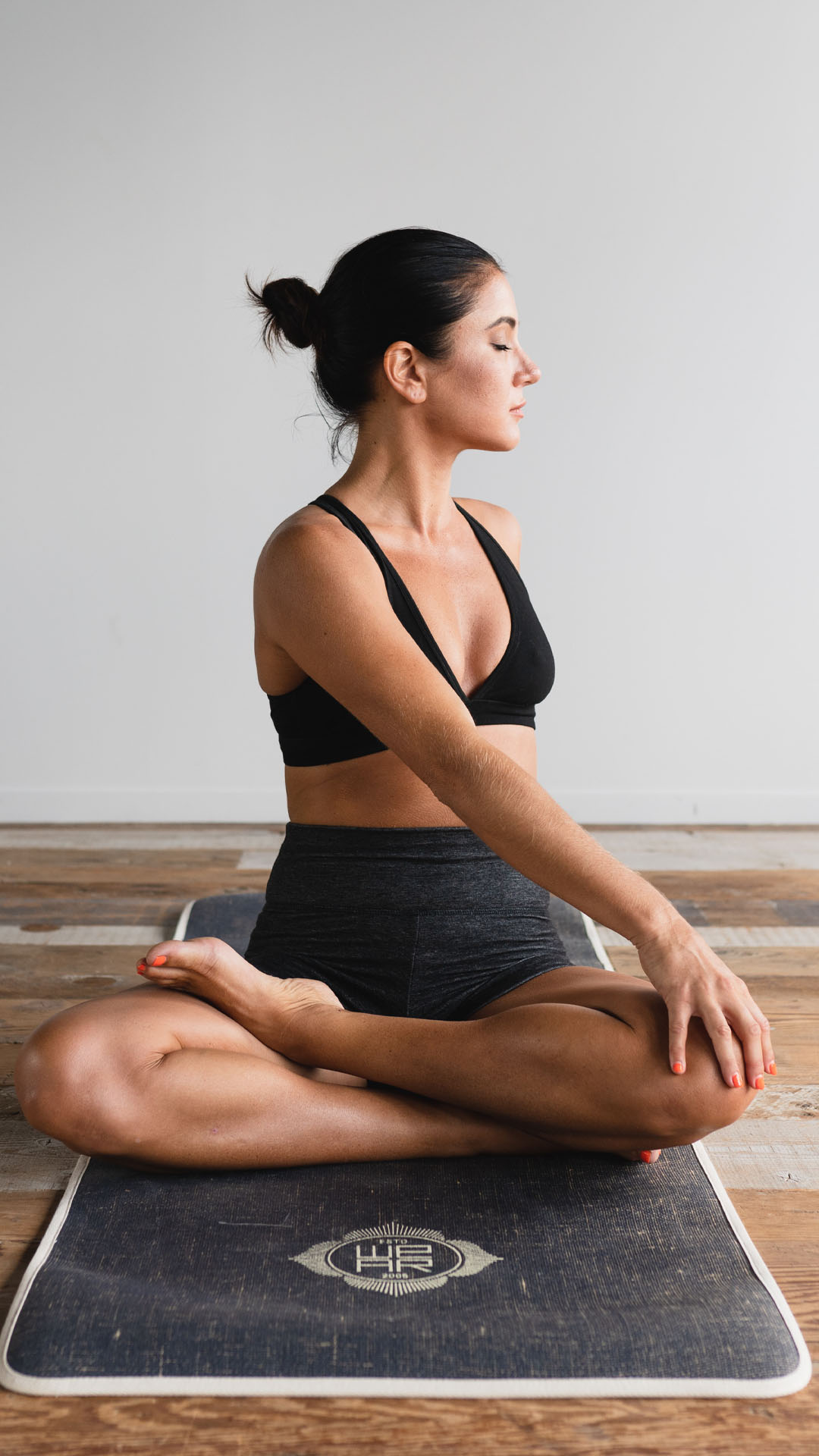A personal approach to managing pain
It is reported that up to 80% of people with MS experience MS-associated pain, but subjective to our own perception and process, the impact of how we feel pain can differ immensely. For some, pain can be debilitating and chronic as a result of nerve damage, whilst for others, it may be as subtle as minor pins and needles or tingling due to poor posture or muscle weakness.
In addition to pain management plans, physiotherapy and medical treatments, there are a few useful psychological strategies and lifestyle tips that you can do to manage and minimise the impact of pain on your daily life. Effective pain management can help you to get enough sleep and avoid irritability, anger or depression, all of which can exacerbate the symptom. There are many ways you can self-manage your pain. We recommend trying a variety of multiple options to find what works best for you!

Exercise
Lack of activity or exercise due to pain or other symptoms can cause a gradual loss of strength and fitness. Less vigorous forms of exercise include gentle stretching exercises, tai chi, yoga, walking, aquatic exercise, classes or gym work. It’s important to find something enjoyable which helps, rather than aggravates your pain.
Posture
Small changes to your posture can make a big difference to the pain, especially in the back and neck. Try placing a rolled-up towel in the small of your back to ensure that the spine is held in a good position. Regular upright standing against a vertical surface (such as a wall) or in a standing frame can also help to improve posture and reduce muscle or ligament pain.
Pacing
If possible, break large tasks into smaller chunks, short bursts or over several days and take regular, short breaks before you overdo it. This can seem frustrating at first but can help keep your pain to a minimum.
Changing habits
Making small changes can help. For example, investing in a better mattress, reading while sitting or ordering goods online to avoid carrying heavy bags. Challenge yourself to come up with new, creative ways of doing things that are kinder on your body and ease your pain.
Hot and cold
You could try applying a hot water bottle or heat pad to the affected area but be sure to check the temperature on an unaffected area first. A warm bath can reduce pain, as long as it doesn’t worsen your other symptoms. Alternatively, some people find that applying ice or a cold pack helps. Ice should be wrapped in a tea towel not applied straight to the skin, or you could try a pack of frozen peas.

Wellness
There’s some evidence that acupuncture can help MS pain. Aromatherapy and massage can reduce muscle stiffness and promote relaxation and wellbeing too. Symptoms of stress or tension can worsen pain, but slow breathing or other relaxation exercises can help. Other ideas include listening to music, managing your sleep patterns, meditation, mindfulness and yoga.
Daily diaries
A daily or weekly symptom diary can be useful to note when you experience pain, how it feels and what else is happening with your MS and elsewhere in your life. This can help to identify factors that trigger or aggravate your pain so you can then make changes to manage your symptoms better and review with a healthcare professional.
Stay connected
With invisible symptoms of MS (such as pain), it can be good to share how you’re feeling and ask for help from your healthcare team, family, friends or carer, or to hear from other people living with MS who have experienced pain. Joining pain-support organisations can also help with feeling understood and reassuring you that you’re not alone.
Want to learn more about pain management? Watch our webinar with MS Nurse Practitioner, Tim O’Maley, here as he explains different types of pain that MS may cause and explores short-term and long-term management strategies and treatments.




